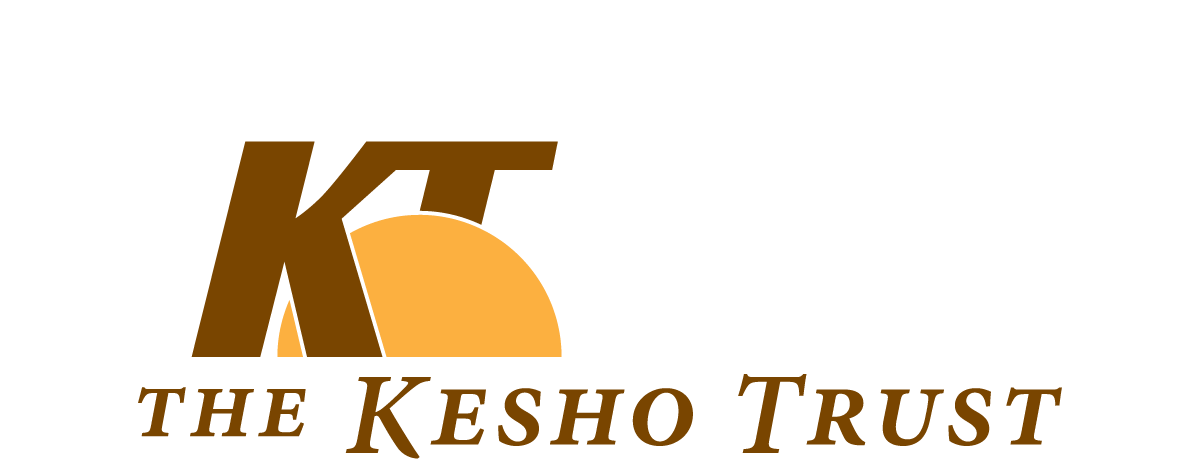On our recent visit to Saadani, Peter, Bruce and I had the opportunity to sit and talk with representatives from the newly established PECC committees. We visited with each of the committees in the villages of Gongo, Saadani, Mkwaja, Buyuni, Matapwili and Mkange to learn about what they have been doing since September when the project began.
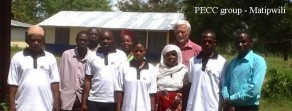 Each group has quite a diverse range of members but I was struck in particular by the fact that four out of the six group Chairs were women. In fact all the groups have made a significant effort to ensure that both men and women were equally represented. During our discussions too, everyone had the opportunity to contribute their thoughts, regardless of gender or status in the village. I also like the fact that most of the groups have chosen a special name for themselves:
Each group has quite a diverse range of members but I was struck in particular by the fact that four out of the six group Chairs were women. In fact all the groups have made a significant effort to ensure that both men and women were equally represented. During our discussions too, everyone had the opportunity to contribute their thoughts, regardless of gender or status in the village. I also like the fact that most of the groups have chosen a special name for themselves:
- Mkwaja group = Mawezo (after the local forest)
- Buyuni group = Muhinga (after the local forest)
- Mkange group = Kihembe (after the local forest)
- Saadani group = Mveve (after a local river)
As you can see most of them have used the name of local forests [each with a different story of significance] where, they say villagers traditionally go when they want the chance to think through problems in a calm and positive environment. An apt choice of names it would seem, considering some of the issues these committees are facing.
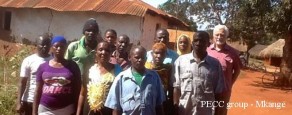 All of our discussions began with a summary of what issues the groups had identified as being important in the relationships between the village and the Saadani National Park authority. As I mentioned in my previous post, there was a lot of consistency in what they were describing although each group had specific examples illustrating the problems. At the moment a lot of the discussions have been confined to the group members but as I will mention in my next post, Peter is already working with each group on a research process that will help the committees establish the wider community experiences of the Park.
All of our discussions began with a summary of what issues the groups had identified as being important in the relationships between the village and the Saadani National Park authority. As I mentioned in my previous post, there was a lot of consistency in what they were describing although each group had specific examples illustrating the problems. At the moment a lot of the discussions have been confined to the group members but as I will mention in my next post, Peter is already working with each group on a research process that will help the committees establish the wider community experiences of the Park.
One of the overwhelming responses that came up in our discussions was a perceived lack of equity between the Park and the villages. This was at the root of many of the problems that were described and is leading to a sense of disempowerment and frustration. It also means that the villages are less interested in helping maintain the Park and its environment because they see few benefits – only problems.
For example, most committees were able to describe incidents where people or livestock had strayed into the Park often to be met with severe treatment, confiscation of equipment and/or court imposed fines. However, when wild animals such as elephants, monkeys, pigs (warthogs) and even lions stray onto village farmland and destroy crops there is no response from SANAPA. Despite there being an emergency response team with a number to call, every village was able to say they had not received helped.
This kind of incursion can have serious long term effects on households. It takes four to five years for coconut trees to become productive and up to fifteen years for cashew nut trees. Both of these are a popular target for elephants and monkeys. Whilst most of the regular damage is fairly low level (pigs and monkeys getting at maize, cassava and millet for example) if elephants or lions wander onto village farmland the level of destruction is significant.
In Matapwili the group expressed very clearly that they are realistic about not expecting financial compensation every time crops are damaged. However what they, and all the other groups want is to be able to work with SANAPA on ways to prevent as many of these incidents from taking place as possible.
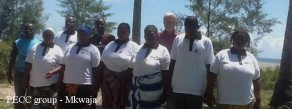 There is also a sense that despite agreeing to the establishment of the Park, the promises around benefits to communities has not been forthcoming. This leaves villages wondering whether it was all just propaganda. In Gongo, Mkwaja, and Buyuni specifically the groups described how SANAPA never seems to recruit from within their villages. They are frustrated at seeing labourers brought in from outside the area when they have many young people in their villages who would willingly provide their time.
There is also a sense that despite agreeing to the establishment of the Park, the promises around benefits to communities has not been forthcoming. This leaves villages wondering whether it was all just propaganda. In Gongo, Mkwaja, and Buyuni specifically the groups described how SANAPA never seems to recruit from within their villages. They are frustrated at seeing labourers brought in from outside the area when they have many young people in their villages who would willingly provide their time.
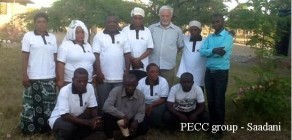 In Saadani there was a lot of frustration expressed over SANAPA failing to support some important village development projects. They have asked for help fitting out their local dispensary with a laboratory. At the moment the doctor has to make a guess as to the cause of some of their problems because they cannot get lab tested results. If they want an accurate diagnosis they have to travel many miles outside the area. They asked SANAPA for assistance with a building because they have already been able to secure the lab equipment from the District Council. But to date SANAPA have declined to support them. Similarly Matapwili desperately needs an all-weather road, because transport regularly can’t make the journey during the rains, and Buyuni would like support to build a house for the teacher at their local school. However, neither has yet been unable to secure such benefits from SANAPA’s development program.
In Saadani there was a lot of frustration expressed over SANAPA failing to support some important village development projects. They have asked for help fitting out their local dispensary with a laboratory. At the moment the doctor has to make a guess as to the cause of some of their problems because they cannot get lab tested results. If they want an accurate diagnosis they have to travel many miles outside the area. They asked SANAPA for assistance with a building because they have already been able to secure the lab equipment from the District Council. But to date SANAPA have declined to support them. Similarly Matapwili desperately needs an all-weather road, because transport regularly can’t make the journey during the rains, and Buyuni would like support to build a house for the teacher at their local school. However, neither has yet been unable to secure such benefits from SANAPA’s development program.
From the perspective of the villagers therefore it seems there is little to be gained from being a neighbour to Saadani National Park.
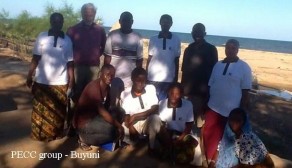 Another common issue was around boundaries. There were a lot of concerns raised about the process of establishing the Park boundary but what is causing ongoing problems is the lack of awareness within communities of where the boundaries actually are. The coastal villages of Mkwaja and Buyuni in particular have a problem because the Park extends into the ocean but they are unsure of exactly where the ocean boundaries are. Its often hard for them to control where they or their equipment end up because of currents, tides and winds but it would be easier for them if it was clearly marked. Other groups described how women in particular are vulnerable to being caught in the Park as they search for firewood. Everyone agreed that at the root of a lot of this was a lack of awareness and education about the Park, its role and its regulations. Something which the groups are all keen to address.
Another common issue was around boundaries. There were a lot of concerns raised about the process of establishing the Park boundary but what is causing ongoing problems is the lack of awareness within communities of where the boundaries actually are. The coastal villages of Mkwaja and Buyuni in particular have a problem because the Park extends into the ocean but they are unsure of exactly where the ocean boundaries are. Its often hard for them to control where they or their equipment end up because of currents, tides and winds but it would be easier for them if it was clearly marked. Other groups described how women in particular are vulnerable to being caught in the Park as they search for firewood. Everyone agreed that at the root of a lot of this was a lack of awareness and education about the Park, its role and its regulations. Something which the groups are all keen to address.
Although it was clear that all the villages we visited have significant, ongoing problems as a result of living so close the national park there was also a real sense that it was time things changed. As one committee member in Gongo explained:
“….(we are) looking forward to the time when we will be able to sit and discuss things with SANAPA.”
They are very aware that their relationships with SANAPA are bad. The issues they described all seem to me to be symptomatic of a lack of a lack of mutual respect, which makes it hard for an open and productive dialogue to be established. Nevertheless this project is demonstrating that there is willingness on the part of villages to improve this and to take some responsibility for changing. In my next post I want to describe what kinds of actions the PECC groups are planning as they seek to improve their relationship to the Park.
